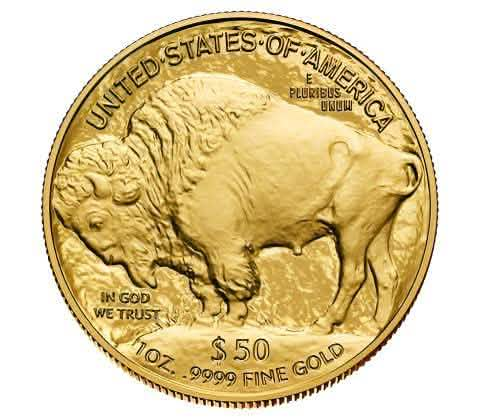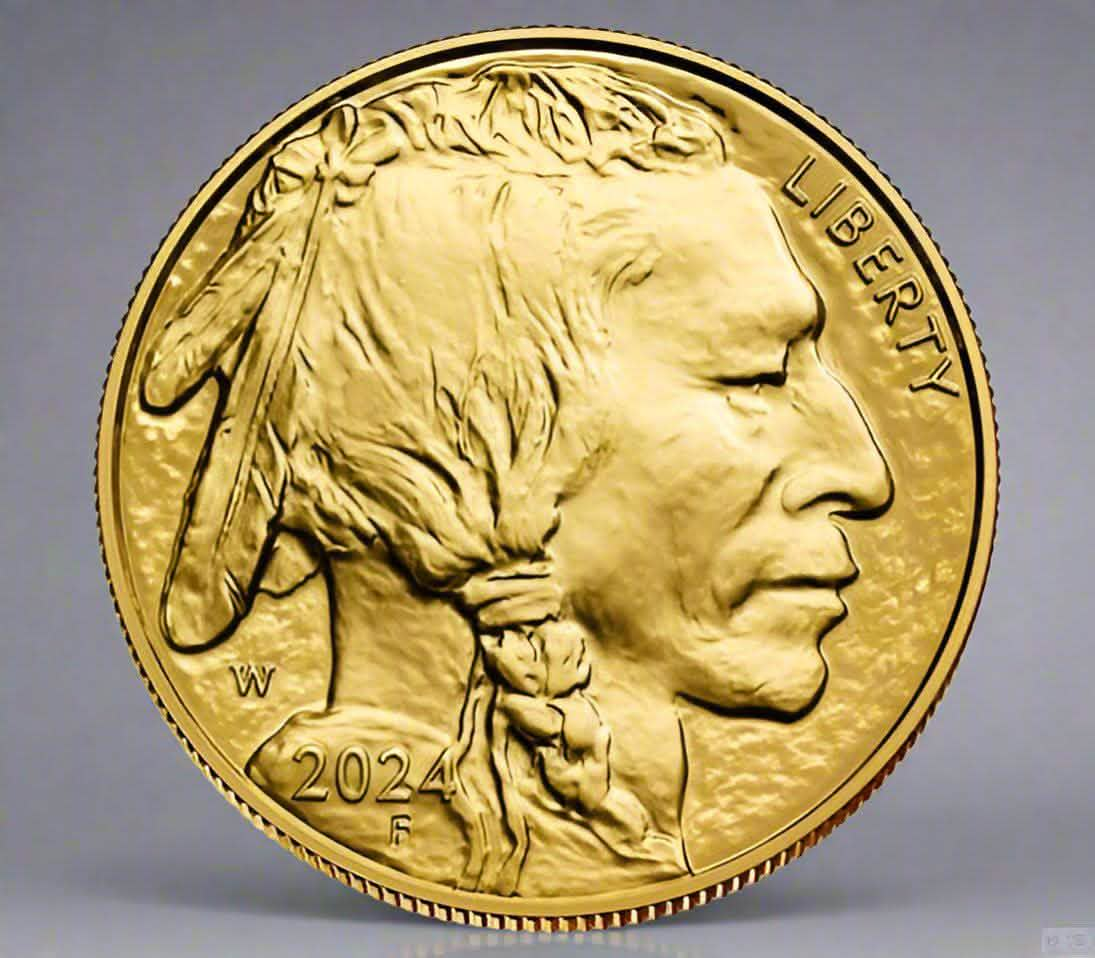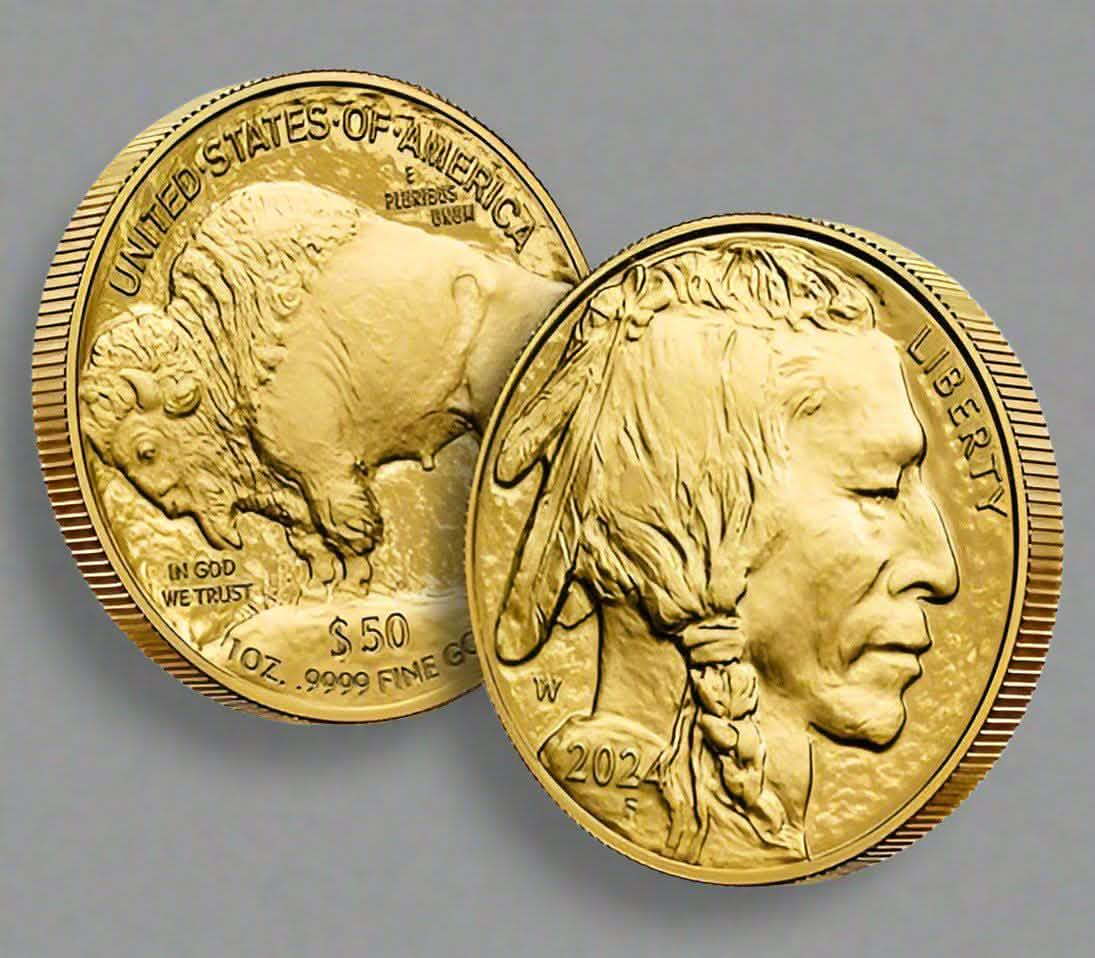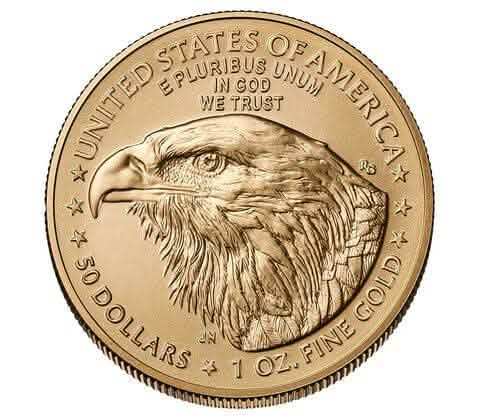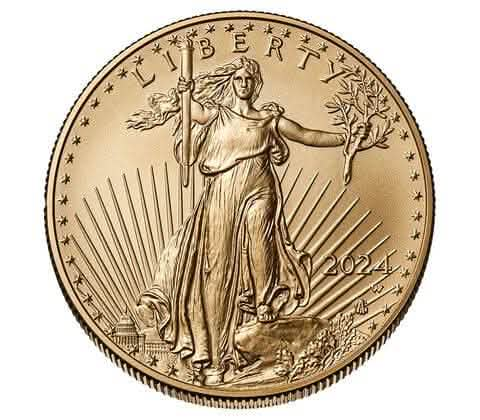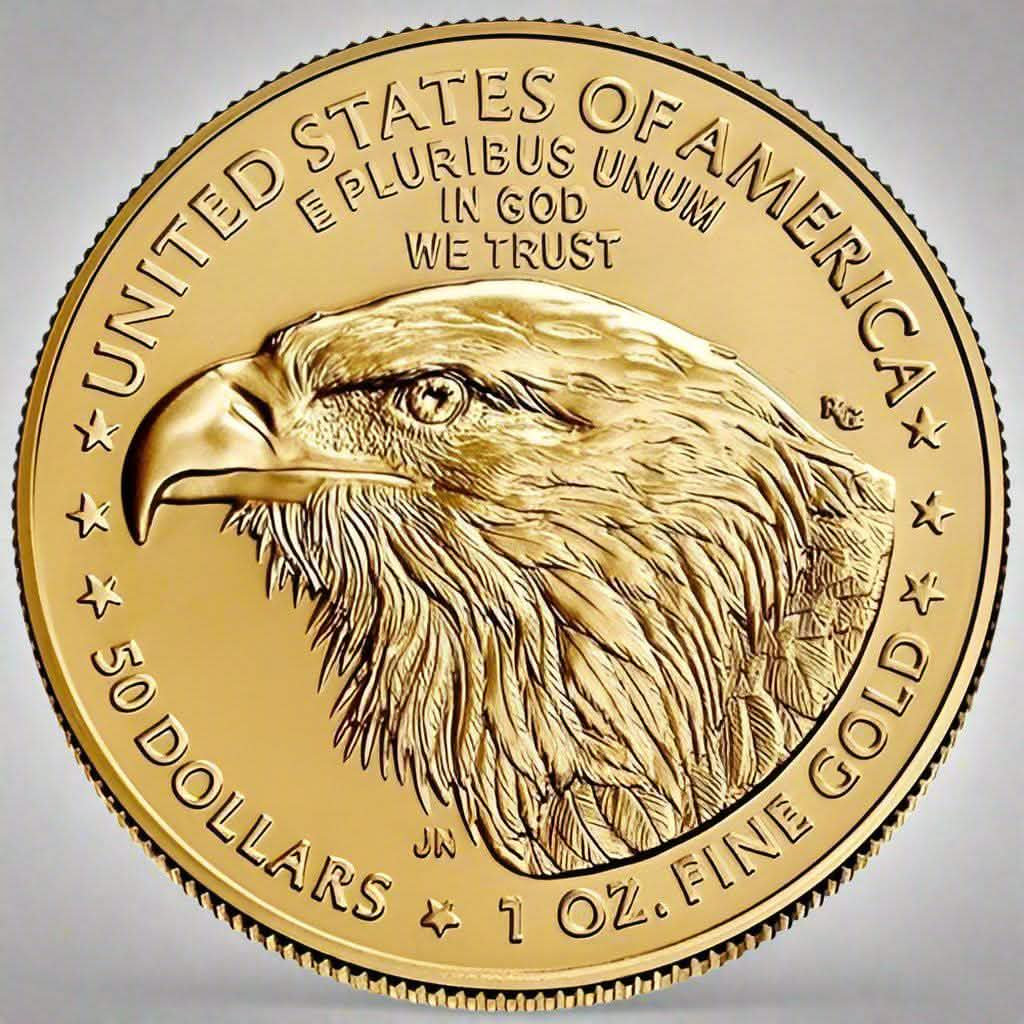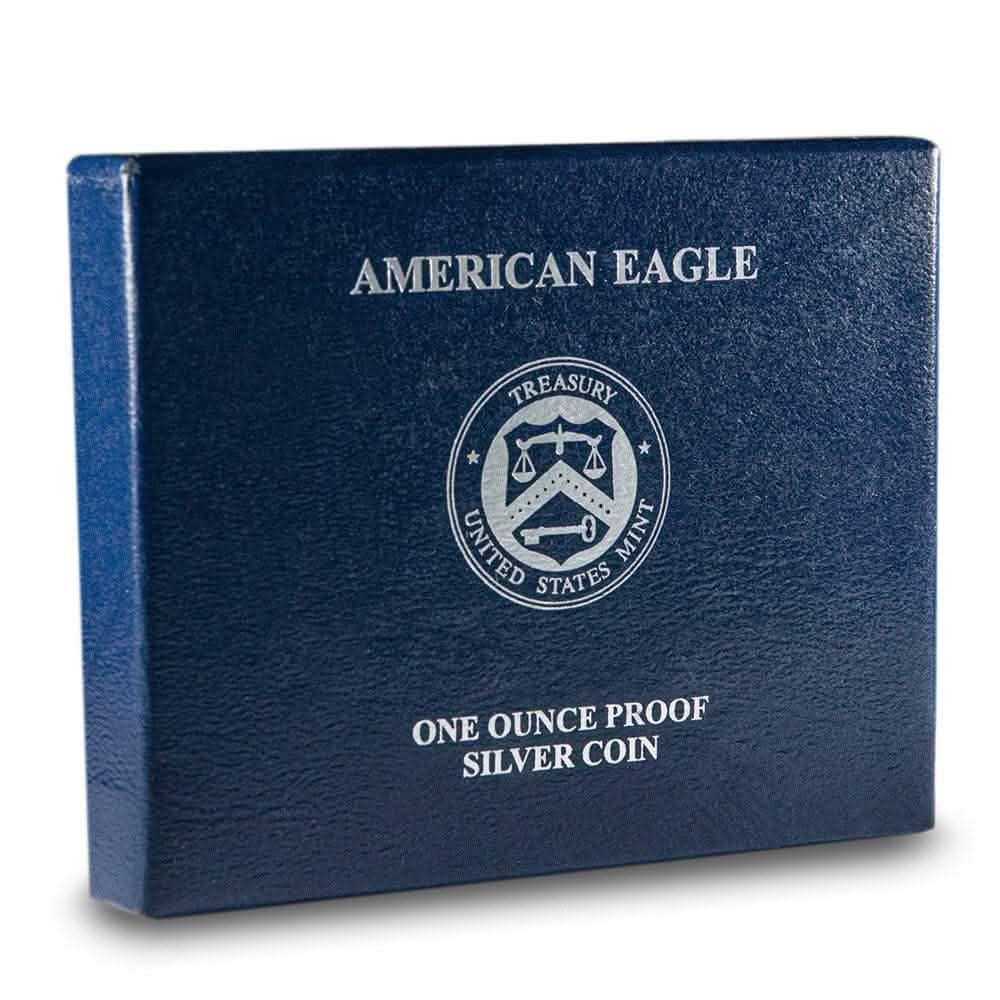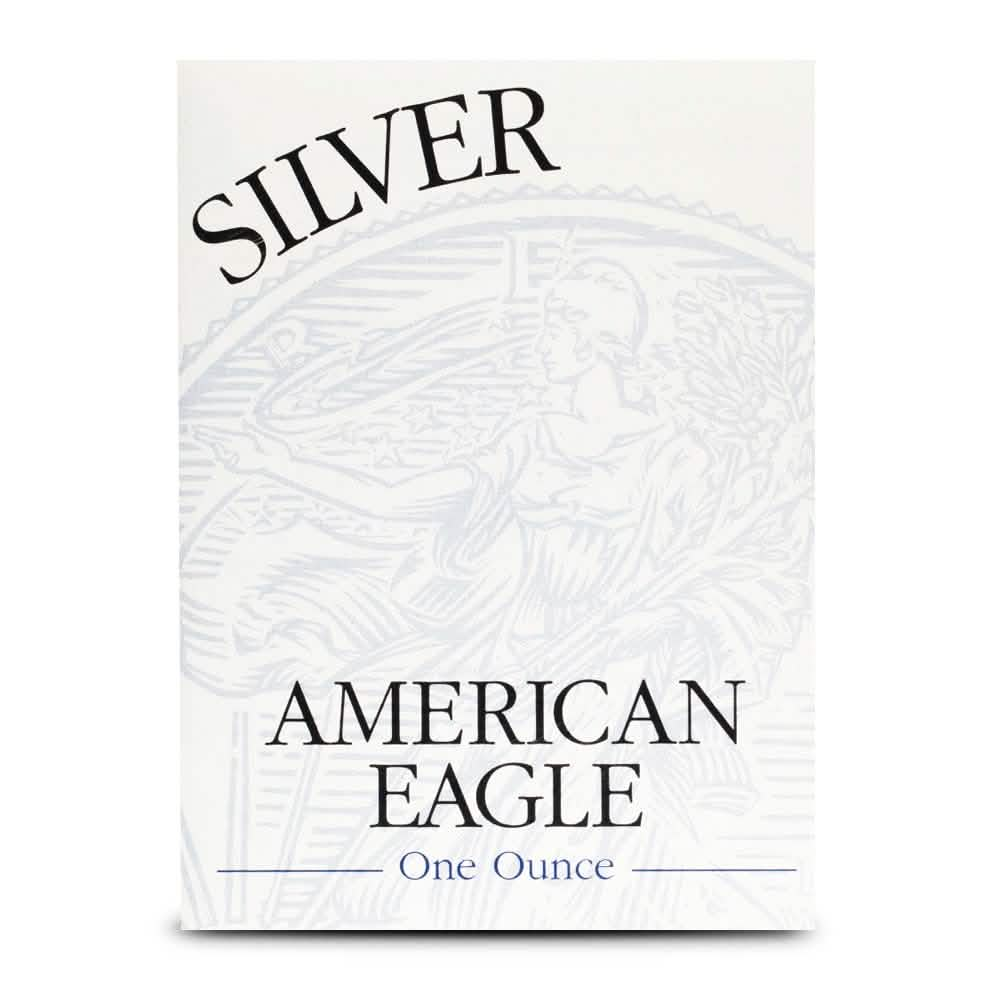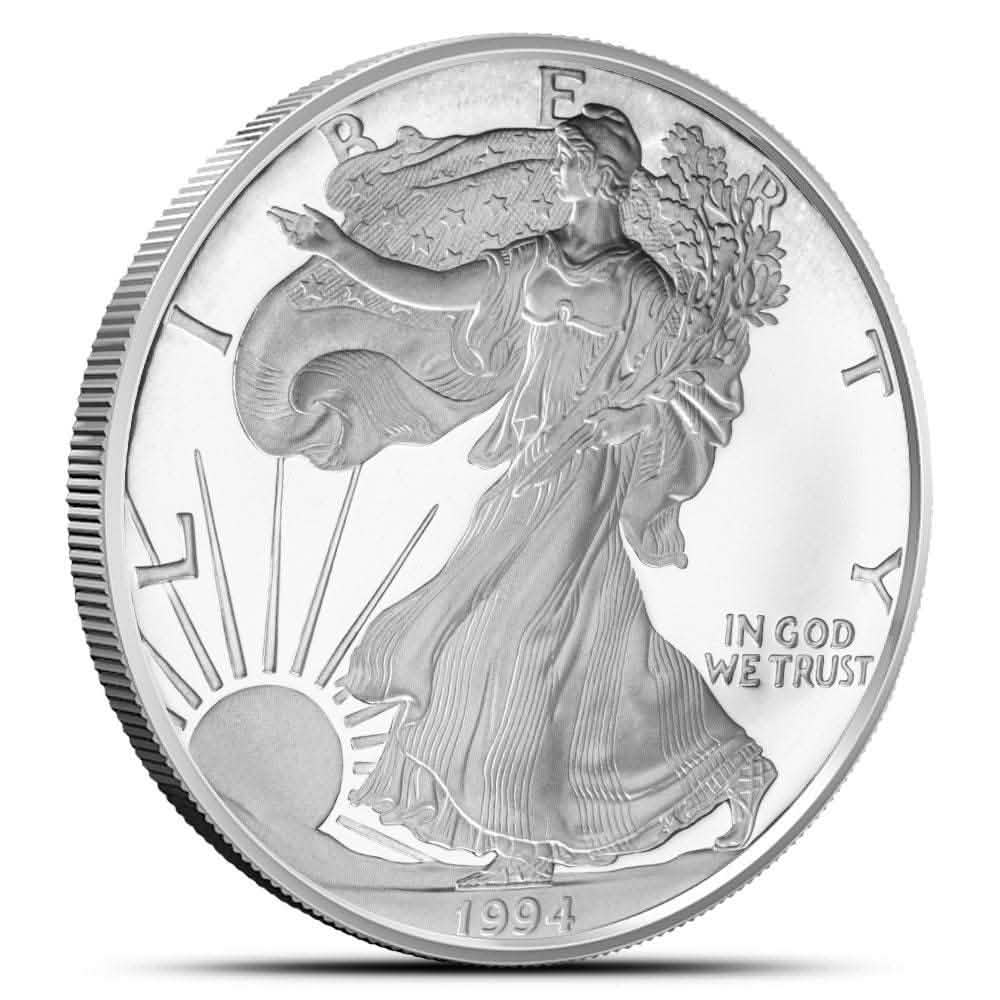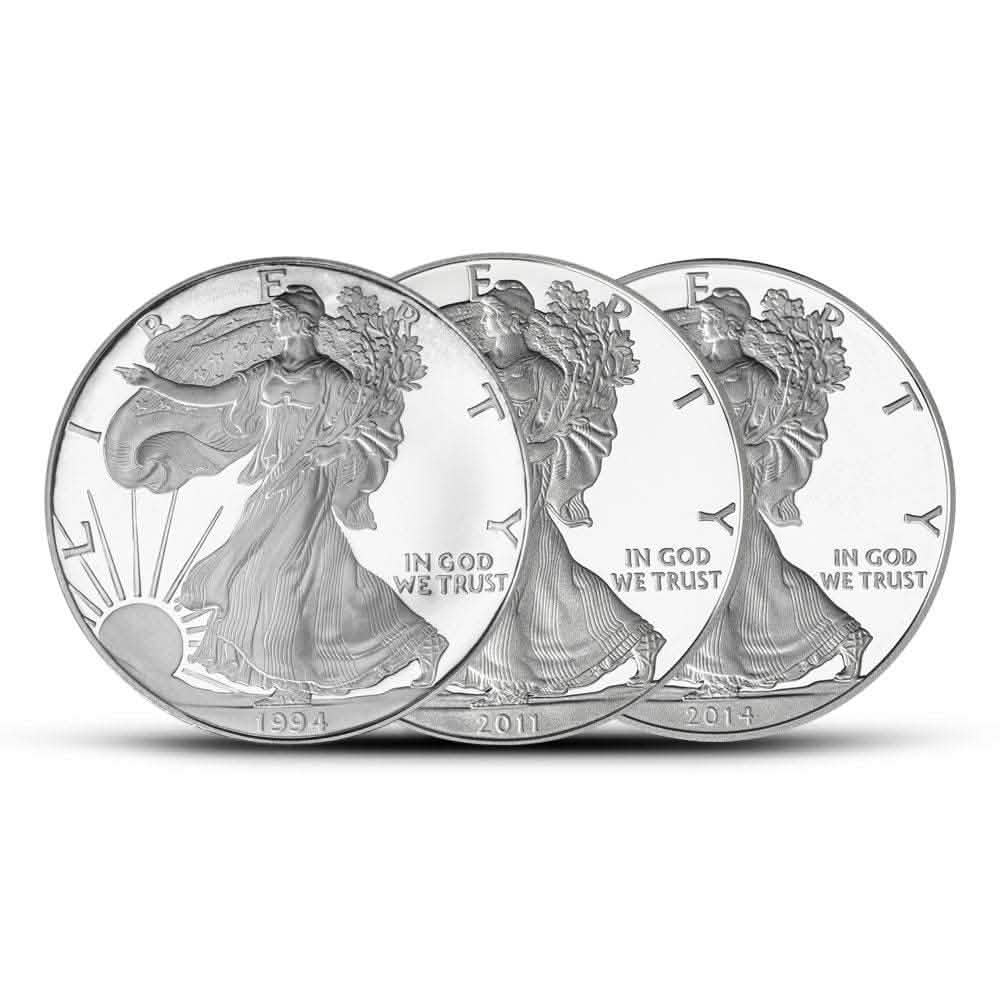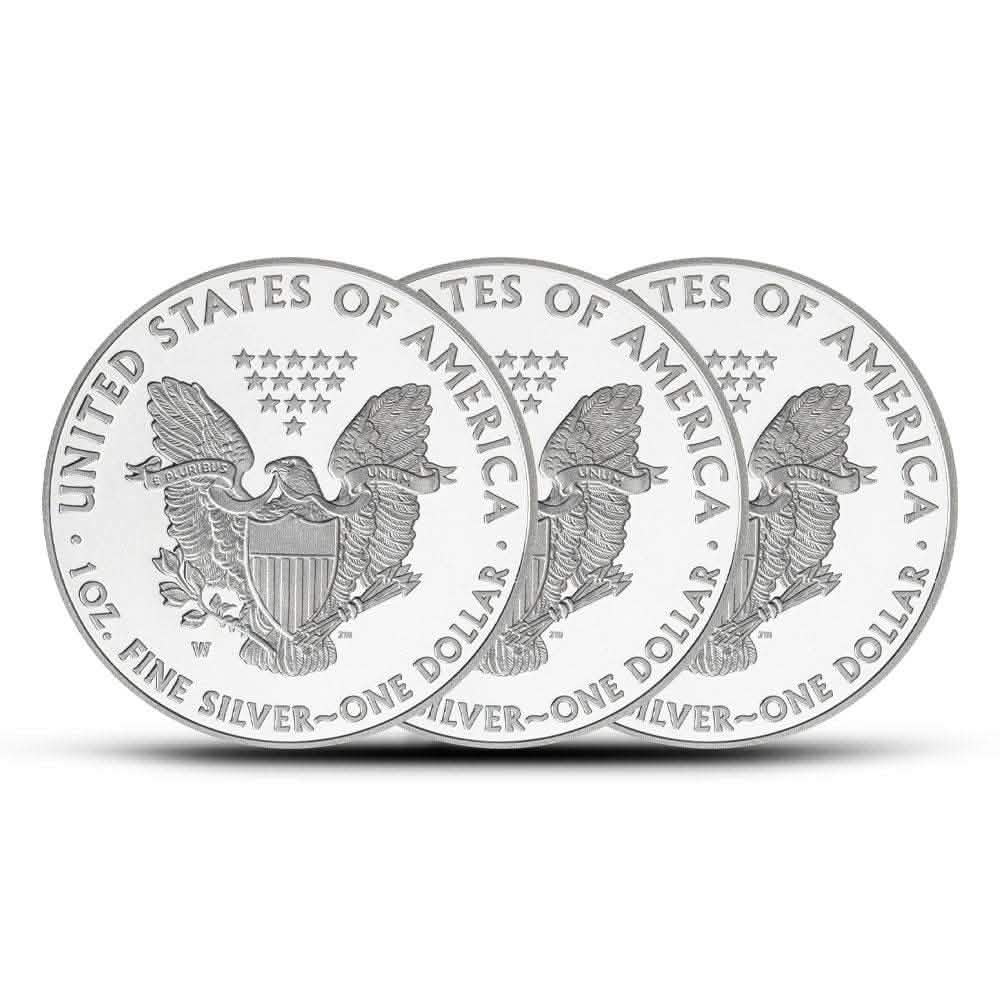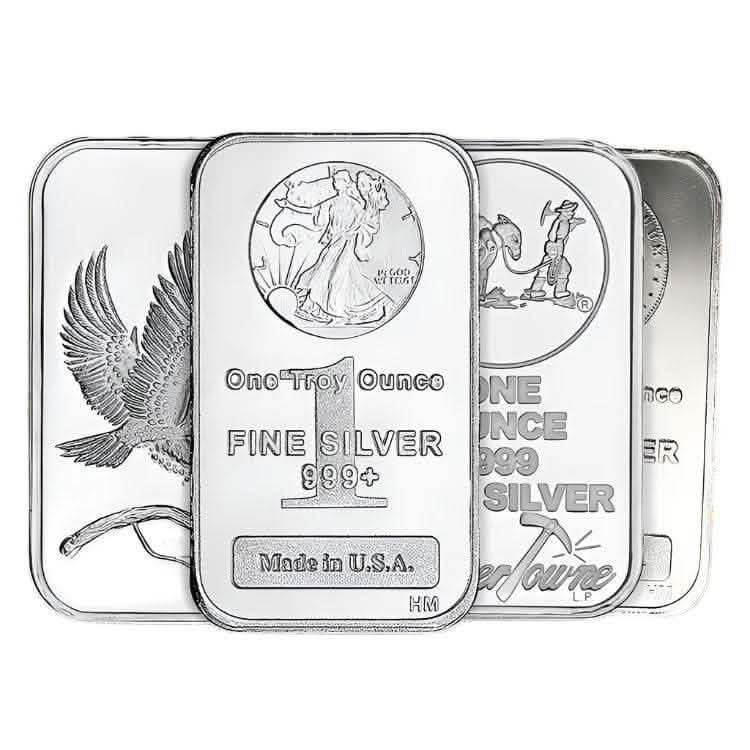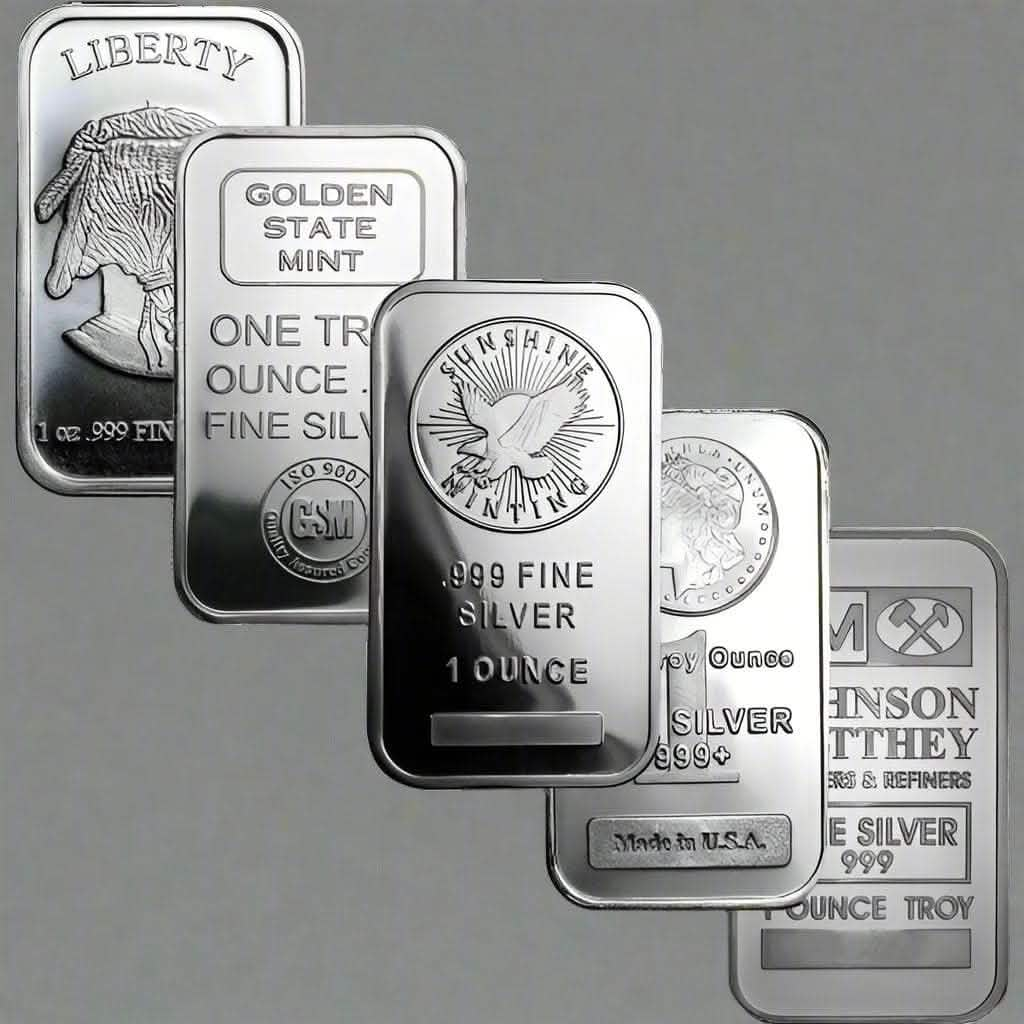Pennies might seem insignificant, hidden in pockets, jars, or under couch cushions. However, for numismatists and coin collectors, these humble copper coins can hold immense historical and monetary value. Whether you're a seasoned collector or just starting your numismatic journey, the world of U.S. pennies offers a treasure trove of stories and potential riches.
This guide explores the fascinating history of U.S. pennies, provides tips for identifying valuable ones, and explains where to find or trade them. It also discusses the future of penny collecting and explains why this hobby remains as captivating as it is rewarding.
What Is Numismatics, and Why Collect Pennies?
Numismatics, the study and collection of coins, is one of the oldest hobbies in human history. Coins, including pennies, provide a glimpse into a nation’s art, culture, and economics over time. For collectors, pennies are often the gateway into numismatics. Their abundance and variety make them accessible, while rare finds can offer surprising value.
John Doe, a seasoned collector, explains, “Pennies are often overlooked, but they hold a significant place in American history and numismatics, making them a rewarding collectible for enthusiasts.”
A Brief History of U.S. Pennies
The U.S. penny, or one-cent coin, debuted in 1793, shortly after the establishment of the U.S. Mint. Over the years, its design, composition, and production have undergone several changes:
- 1793 Chain Cent: The first-ever U.S. penny, made of pure copper, featured a chain design symbolizing unity.
- 1856 Flying Eagle Cent: Introduced a smaller-sized penny to reduce production costs.
- 1909 Lincoln Penny: Designed to honor President Abraham Lincoln, it became the first U.S. coin to depict a historical figure. Early versions included the "VDB" initials of designer Victor David Brenner.
- 1982 Composition Change: Due to rising copper costs, penny s shifted from a mostly copper core to a zinc core with a copper coating.
Each of these changes reflects moments in American history, making older pennies particularly fascinating for collectors.
How to Identify Valuable U.S. Pennies
Identifying valuable pennies requires looking for specific features, including dates, mint marks, and errors. Here’s how to get started.
Key Dates and Mint Marks to Look For
Collectors often search for pennies from specific years or mints that produce limited numbers. Here are some highly sought-after examples:
- 1909-S VDB (San Francisco): This inaugural Lincoln penny with Brenner's initials on the reverse is rare due to its limited mintage.
- 1914-D (Denver): A low-mintage year makes this penny highly collectible.
- 1943 Copper Penny (Philadelphia): While most pennies from this year were made of steel due to wartime copper shortages, a few copper coins accidentally slipped into circulation.
- 1955 Double Die (Philadelphia): This coin features a distinct doubling of the date and lettering, making it a standout for collectors.
Common Mistakes in Identifying Valuable Pennies
New collectors can sometimes overestimate the value of a penny due to misinformation. Here are some pitfalls to avoid:
- Misinterpreting Wear and Tear: A worn coin is less valuable, even if it’s rare.
- Overlooking Mint Marks: The location of the mint mark (e.g., S for San Francisco, D for Denver) can significantly impact value.
- Ignoring Coin Errors: Subtle errors, like double strikes or off-center designs, can significantly increase a coin’s worth.
Jane Smith, a numismatic historian, emphasizes, “Knowledge is key when searching for valuable pennies. Understanding the nuances of minting, rarity, and demand can guide collectors toward hidden treasures.”
The Most Valuable U.S. Pennies
Sure, pennies have reached almost legendary status among collectors due to their rarity and value. Here are three examples:
- 1909-S VDB:
- Mintage: 484,000
- Estimated Value: $700–$2,000 depending on condition.
- 1943 Copper Penny:
- Mintage: Less than 20 known to exist.
- Estimated Value: $100,000 or more.
- 1955 Double Die:
- Mintage: Unknown, but relatively low.
- Estimated Value: $1,500–$15,000 based on grade.
President of the National Numismatic Society, David Johnson, notes, “The thrill of discovering a rare or error penny in circulation is a unique experience that keeps the hobby alive and accessible to all.”
Where to Find and Buy Valuable Pennies
Whether you’re just starting or already a seasoned collector, acquiring valuable pennies can be fun and rewarding.
Tips for Beginners
- Search Circulation: Pennies are widely available, making them perfect for beginners. Check your spare change or older coin jars.
- Visit Local Coin Shops: Coin dealers are knowledgeable and often have rare pieces for sale or trade.
- Attend Coin Shows: Events like those hosted by the American Numismatic Association give you access to a wide array of coins and expert advice.
For Experienced Collectors
- Online Marketplaces: Platforms like eBay often list rare coins but always verify the seller’s reputation and the coin’s authenticity.
- Auctions: Reputable auction houses like Heritage Auctions are excellent sources for high-value pennies.
- Forums and Communities: Online groups provide advice, trading opportunities, and a sense of camaraderie among collectors.
A leading numismatic appraiser, Emily Clark, shares, “In today’s digital age, online marketplaces and forums have opened up new avenues for collectors to find and trade valuable pennies, creating a vibrant community across the globe.”
The Future of Penny Collecting
With the increasing use of digital payments and discussions about retiring the penny, the future for collectors is intriguing. Some trends to watch include:
- Technological Tools: Apps and AI are making evaluating coins and tracking collections easier.
- New Generations: Younger collectors are joining the hobby, driven by greater accessibility and stories of high-value finds.
- Market Demand: Rare pennies are expected to grow as fewer people hold physical currency.
While the debate over the penny’s place in the modern economy continues, its role in numismatics remains unshaken. Collectors, both new and seasoned, have plenty to look forward to.
Start Your Penny-Collecting Journey Today
From the historical to the rare, U.S. pennies offer an exciting entry point into numismatics. Whether you’re hoping to stumble upon a 1943 Copper Penny or to explore the rich history behind each coin, penny collecting is a rewarding and accessible hobby.
We’d love to hear your stories—have you found any rare pennies in your collection? Share your experiences in the comments below, and don’t forget to join online forums to connect with fellow collectors.
Happy collecting!
